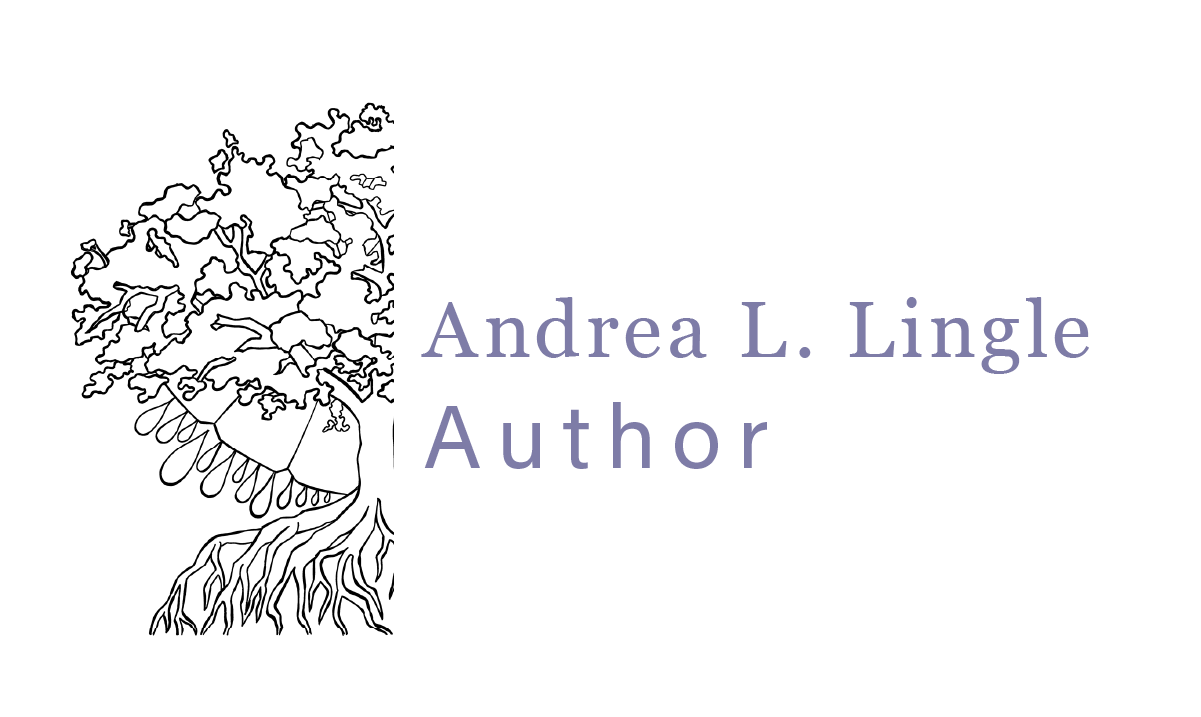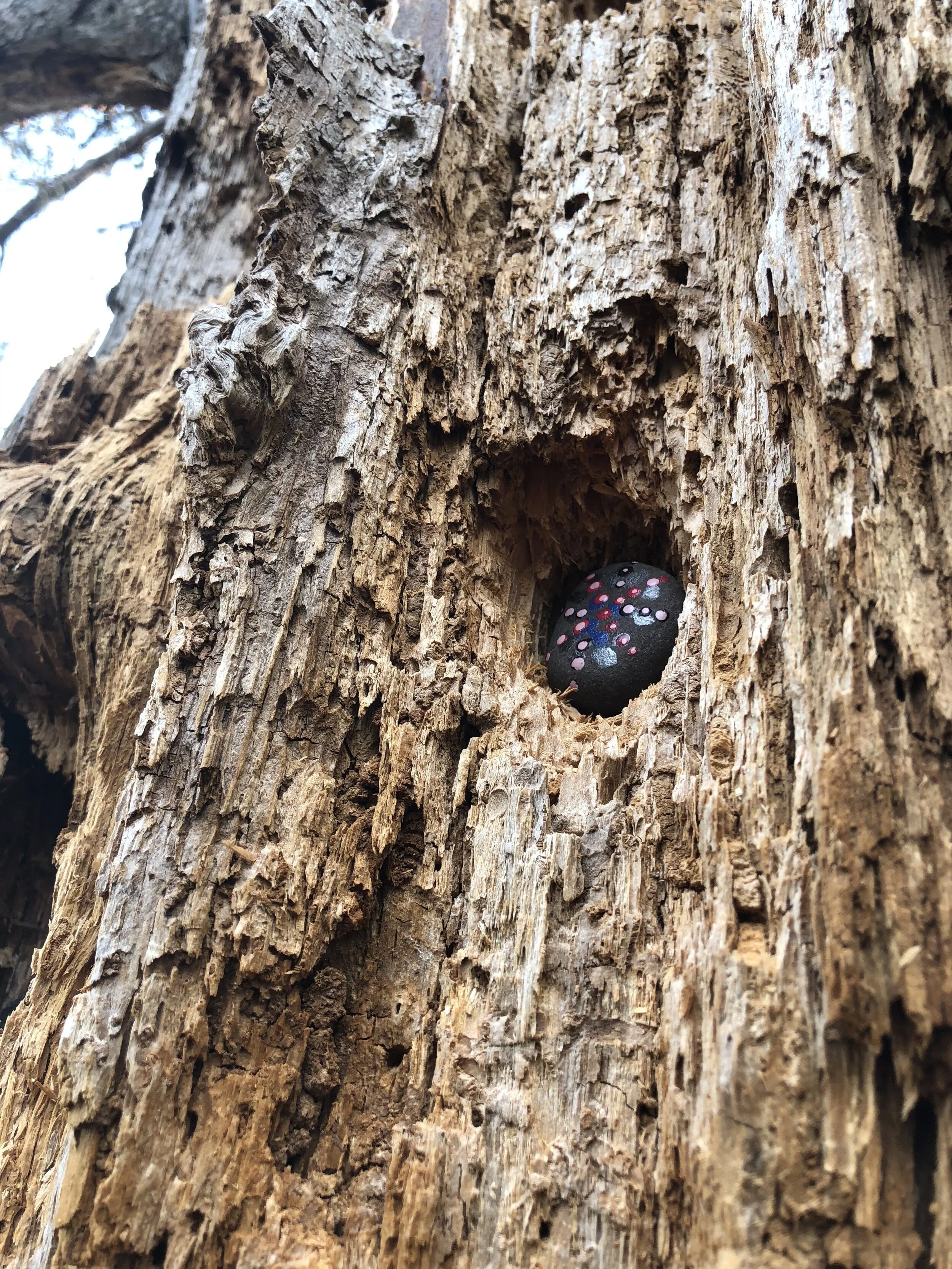A Short Journey
Pilgrimage is a four part movement steeped in a fifth element.
If you want to know, the first part is preparation. That is what I was up to last week. You were asked to prepare by adding time to your calendar, gathering your writing materials, and making your Daily Card.
The second part of the pilgrimage is journey.
Ruth stood in the middle of the path. Her feet were mustard yellow from the dust, and she held a switch of an olive branch in her hand. She was staring at the dirt, trailing the branch back and forth. Back and forth.
"Daughter, why would you come with me? There is nothing for you. My son is dead, my husband is dead. I might as well be dead."
Swipe. Swipe. Swipe.
"Don't you see? If you stay with me, you will have nothing. We might starve."
The whole branch and Ruth’s hand was the color of dust.
When we take up the path of pilgrimage, we take on an unknown journey. We do not know where we are going. We don't even know the purpose of the journey. To be on pilgrimage is to walk the pathway of unknowing. It is an act of seeking without an object.
The island of Iona is 1.5 miles by 3 miles. On my three pilgrimages there, I have walked a combined 210 miles. That is not a journey anywhere. It is a looping, wandering, searching way. When I re-board the ferry to leave the island, I am filled with sadness that my feet will be locked into destinations once more. So little of our time is spent wandering.
Ruth's sister was no longer visible. The dust had settled over her redoubled footprints. Her footprints would be the last she would see of her.
"Don't ask me to leave you." The rustling of the branch almost covered her words. "Don't ask me to stop following you. Where you go, I will go. Where you stay, I will stay."
Pilgrimage asks nothing more of you than to live deeply into one step at a time.
Writing is the same. If you learn to let go, to write freely, you can learn to connect to something embedded in the very fabric of the universe. I don’t know what it is, but I have touched it. Most of what you will read in this course seems practical. That is because all I can do is show you the path, affix some signposts, suggest some byways. The work happens between you and writing. Sometimes you will write about shoes, and that is all it will be. A tiny essay about rubber and leather, laces and dust. But other times, and I can’t predict when, writing will connect you to something deep—something mysterious. It might still be about shoes, but it will stir your soul.
You can write, quickly, furiously, brokenly, quietly, hopefully, gently.
You can wander.
You can roam.
You can peek under the heather; you can gather a stone.



